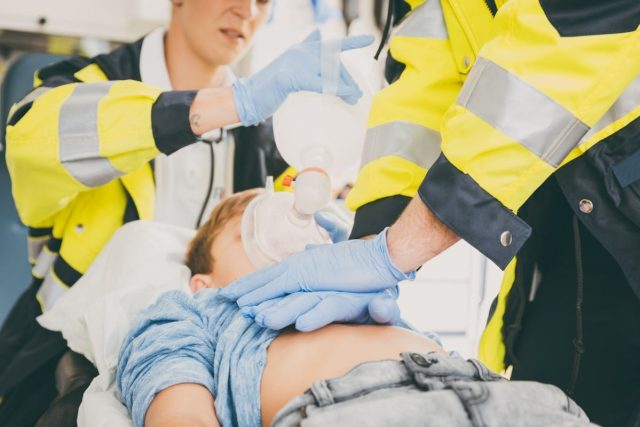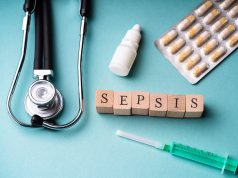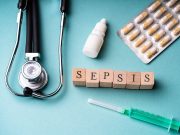Significant increase seen in prepandemic EMS encounters, followed by immediate, significant increase with pandemic interruption
By Elana Gotkine HealthDay Reporter
WEDNESDAY, Sept. 18, 2024 (HealthDay News) — Prehospital encounters for youth opioid overdoses increased before the COVID-19 pandemic, then increased with onset, and then stabilized, according to a research letter published online Sept. 18 in the Journal of the American Medical Association.
Jamie K. Lim, M.D., from the Ann & Robert H. Lurie Children’s Hospital of Chicago, and colleagues conducted a cross-sectional study of emergency medical services (EMS) encounters to identify prehospital encounters for youth opioid overdoses. An interrupted time series analysis was performed to examine trends before (January 2018 to February 2020) and during (April 2020 to December 2022) the COVID-19 pandemic.
The researchers identified 202,387,226 EMS encounters from 2018 through 2022; 91,743 youth opioid overdose encounters were analyzed. Most of these occurred among those aged 18 through 24 years (86.7 percent) and among males (65.1 percent). There was a significant increase seen in prepandemic EMS encounters with youth who overdosed on opioids, with 810 and 1,538 encounters in January 2018 and February 2020, respectively. The trend was mainly driven by overdoses in those aged 18 to 24 years. An immediate and significant increase in overdose encounters was seen in association with the pandemic interruption, followed by a change from significant increase to no significant change; the number of monthly encounters generally remained above prepandemic levels (1,824 and 1,503 encounters in April 2020 and December 2022, respectively). The trends were mainly due to those aged 18 to 24 years.
“Prehospital encounters for youth opioid overdoses were increasing prior to the pandemic, increased with the onset, and then stabilized, remaining higher than prepandemic levels,” the authors write.
Copyright © 2024 HealthDay. All rights reserved.



















